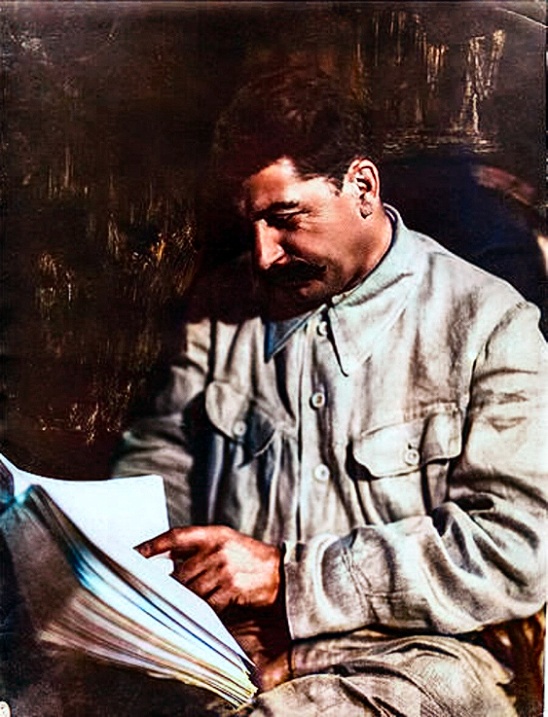In a landmark achievement for robotics, the world’s first humanoid robot half-marathon concluded in Beijing’s E-Town on Saturday, with “Tiangong Ultra” – developed by the Beijing Humanoid Robot Innovation Center – securing the championship. The robot completed the 21.0975-kilometer course in 2 hours and 40 minutes, maintaining a steady pace of 7 to 8 kilometers per hour throughout the race.
The route featured a mix of flat surfaces and slopes with a maximum gradient of 9 degrees. Competitors faced six left turns and eight right turns, including tight 90-degree angles, demanding precise balance during navigation. A final 1.5-kilometer straight stretch before the finish line tested sprinting capabilities, showcasing the robots’ adaptability to varied conditions.
Twenty teams participated, fielding robots of drastically different sizes. Tiangong Ultra – the tallest competitor at 180 cm and 52 kg – mirrored adult human proportions, while the compact “Little Giant Robot” stood just 75 cm and weighed 10 kg, highlighting the spectrum of design approaches in this emerging field.
Described as the first open-environment long-distance endurance test for humanoid robots, the event aimed to foster collaboration across the industry chain. Organizers emphasized its role in accelerating technology transfer from labs to real-world applications through professionally crafted rules and human-machine coordination frameworks. By bridging innovation and practicality, the race seeks to unlock the “blue ocean market” of new and uncontested market spaces for humanoid robotics, driving breakthroughs in autonomous mobility and collaborative systems.





Hilariously incorrect. The problem with slaves isn’t that ‘automation by machinery is cheaper because it is non humanoid shaped’. It’s that slavery is incredibly inefficient because slaves have absolutely no incentive to work. And automation by machinery and slavery do not go together easily because machines are incredibly expensive and also easily sabotaged, and the amount of overseers you would need to fix that problem eliminates any efficiency gains you have made with your machinery.
And this is disregarding the absolutely repugnant and pure evil slavery is morally.